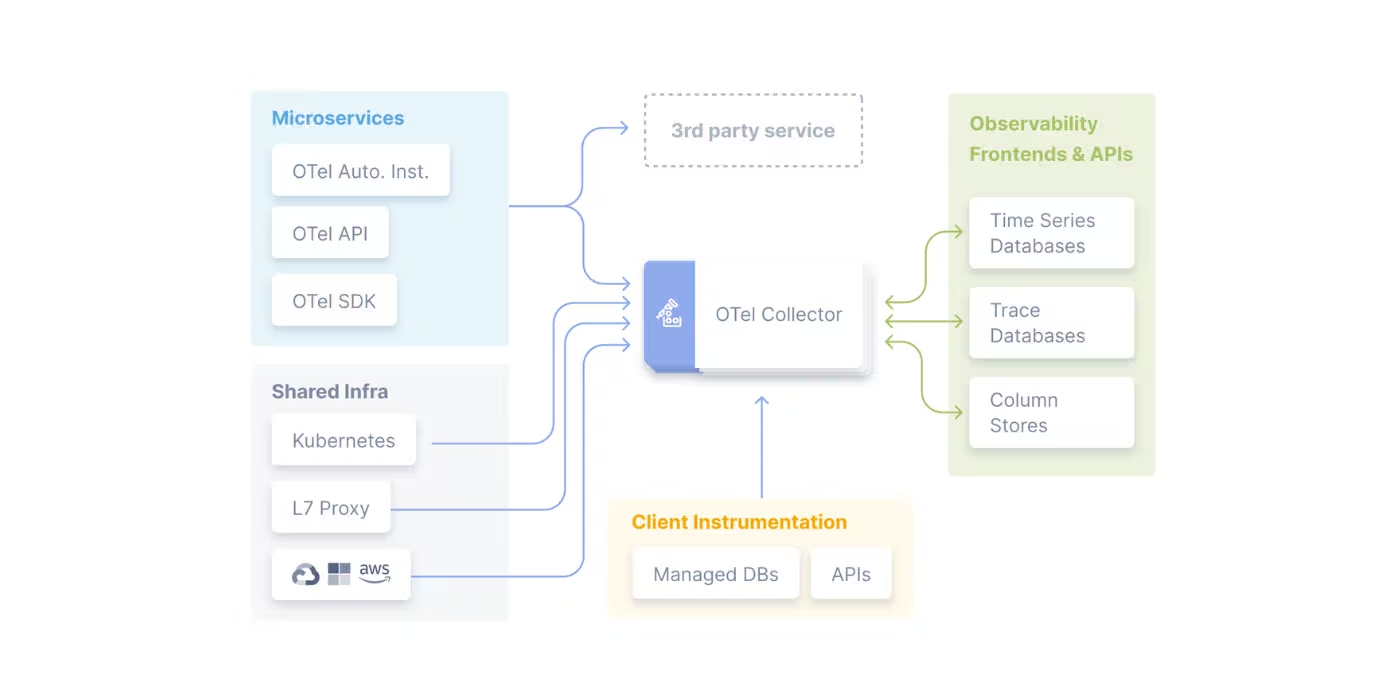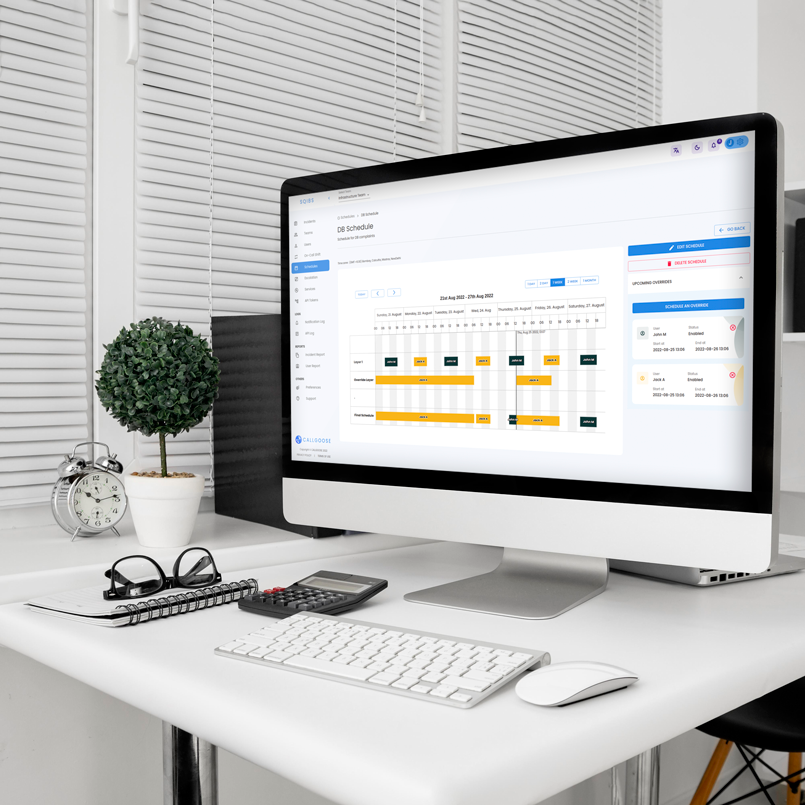
CALLGOOSE

CALLGOOSE
BLOG
02 December 2024 | Amelia Gaby
5 Minute Read
In today's complex IT environments, where applications and services are distributed across multiple platforms, the ability to quickly identify and resolve issues is crucial for maintaining operational stability and efficiency. Tracing, a powerful diagnostic technique, plays a pivotal role in improving incident response times by providing a comprehensive overview of system interactions and behaviors. This blog post explores how tracing can significantly reduce Mean Time to Detect (MTTD) and Mean Time to Recover (MTTR), thereby enhancing system reliability and performance.

What is Tracing?
Tracing is the process of tracking the journey of a request as it traverses through the various components and services within an application. It involves collecting detailed data about each step a request takes, from its entry point into the system to its completion. This data provides visibility into the performance and behavior of applications, helping developers and IT operations teams to identify and resolve issues more efficiently.
Key Tracing Frameworks and Tools
Several tools and frameworks facilitate effective tracing by integrating various components of a system into a coherent visualization of its workflows. One of the most prominent frameworks is OpenTelemetry, which offers a unified approach to both telemetry and platform-agnostic instrumentation. This framework allows for the seamless integration of tracing with other monitoring tools, thereby providing a holistic view of system performance and interactions.
 Image Reference: OpenTelemetry
Image Reference: OpenTelemetry
Other notable tools include:
How Tracing Reduces MTTD and MTTR
Reduction of MTTD
Tracing enhances the ability to detect issues quickly (MTTD) by providing insights into the flow of requests through an application's services and infrastructure. By visualizing the entire journey of a request, tracing allows IT professionals to pinpoint exactly where failures or bottlenecks occur. This detailed view helps in immediately identifying anomalies or performance issues, even in complex microservices architectures.
Shortening of MTTR
Once an issue is detected, tracing proves invaluable in diagnosing the problem and facilitating a swift recovery (MTTR). Tracing provides granular details about the request's path, including interactions with databases, external services, and internal microservices. This comprehensive data is crucial for conducting effective root cause analysis, significantly speeding up the troubleshooting process. By understanding the exact sequence of events leading to an issue, developers can quickly devise and implement a fix, minimizing the downtime and impact on end users.
Potential for Automation
Tracing not only aids in manual incident resolution but also serves as a potential candidate for automation. Many incident response platforms can leverage trace data to automate the detection and remediation of common issues. For example, if tracing consistently identifies a particular service as a bottleneck, automated scripts or orchestration tools can be triggered to scale up resources or apply pre-defined fixes without human intervention.
Ensuring System Reliability and Performance
By integrating tracing into their incident management strategies, organizations can achieve:
Tracing is an essential tool in the modern IT toolkit, particularly for organizations operating complex distributed systems. By providing detailed visibility into system operations and facilitating a deeper understanding of application performance, tracing helps reduce MTTD and MTTR, ultimately leading to more reliable and robust IT services. As businesses continue to embrace digital transformation, investing in advanced tracing tools and practices is not just beneficial but necessary for maintaining a competitive edge and ensuring long-term operational success.
By leveraging different Tracing tools and using Callgoose SQIBS Incident Management and Callgoose SQIBS Automation Platform , you can set up robust event-driven and Incident auto-remediation automation workflows to enhance efficiency, reliability, and responsiveness in your IT operations.
With powerful On-Call scheduling, real-time Incident Management, and Incident Response capabilities of Callgoose SQIBS, ensures your systems are always on and responsive.
Refer to Callgoose SQIBS Incident Management and Callgoose SQIBS Automation for more details
Callgoose SQIBS is a real-time Incident Management, Incident Response and Automation platform with an advanced On-Call schedule feature that keeps your organization more resilient, reliable, and always on. Callgoose SQIBS can seamlessly integrate with any software's or Tools including any AI to reduce alert noise , automate the workflows and improve the effectiveness of escalation policies for global teams. Several communication channels are supported, including Phone call, SMS, Mobile app push notifications, and many more. Several collaboration tools supported including Microsoft Teams & Slack.
Callgoose SQIBS has 'Automation Platform.' This feature offers Runbook Automation.
Runbook automation plays a crucial role in enhancing incident response capabilities, enabling organizations to remediate incidents faster, minimize downtime, and ensure business continuity. By automating repetitive tasks, standardizing procedures, and enabling rapid execution of response actions, runbook automation empowers IT teams to respond swiftly and effectively to incidents, ultimately reducing the impact on business operations and enhancing overall resilience.

CALLGOOSE
SQIBS
Advanced Automation platform with effective On-Call schedule, real-time Incident Management and Incident Response capabilities that keep your organization more resilient, reliable, and always on
Callgoose SQIBS can Integrate with any applications or tools you use. It can be monitoring, ticketing, ITSM, log management, error tracking, ChatOps, collaboration tools or any applications
Callgoose providing the Plans with Unique features and advanced features for every business needs at the most affordable price.
Unique Features